Camp Disautel
Welcome to the Camp Disautel Page!
Camp Disautel has been a part of the Omak School District since 1959.
Although some early buildings are still on-site, such as the meeting hall and two dorm facilities, there is also a new full-service kitchen and meeting area with bathrooms featuring showers.
The camp is used by sixth graders, music camp and some other activities, but is available for use by other groups.
For more information or to request the use of Camp Disautel, contact the Omak School District office at 509-826-0320.
Camp Disautel History:
1951 newspaper article
In Omak 1940s, the biggest employer and one of the biggest industries was the Biles-Coleman logging and lumber operation. There were multiple logging camps across Disautel from various companies over the decades, but some had become unnecessary and abandoned. Sometime in that decade, the site of Camp Progress was purchased by Biles-Coleman to serve as an educational site, being a former logging camp. Some buildings were remodeled to accommodate classrooms and an outdoor education program began for adults and professionals in the industry.
Biles-Coleman logging superintendent Emmit R. Aston had the idea that if logging was increased by harvesting the mature and over-mature trees, the thinning would allow new healthy forest growth. He became interested in conservation and felt others should be educated, proposing to the school and county officials that they come into the forest and learn about what was happening there.
In 1949, a citizens’ committee was formed by the Omak Chamber of Commerce to study the “sustained-yield” forestry program and its effects on the community. Eventually, the Omak and Okanogan Chambers, and Kiwanis Clubs would go to Camp Progress twice a year to be informed about the timber industry, forest management and conservation.
In 1950, the first group of students to attend camp came from the University of Washington, pitching their tents at Camp Progress for the month of May. Fifty students heard from forestry experts, including those working for Biles-Coleman, which had been hailed by UW professor Dr. James Robertson, School of Forestry. He said it was one of the most efficient lumber operations in the country, and that they wasted nothing. Biles-Coleman footed the food bill for the camp.
That year, four buildings had been moved to camp for use by any groups needing the facilities.
In 1951, Emmit R. Aston began to push the idea of sending sixth grade students to the camp on an annual basis. His vision came to pass that May, with Omak’s first school pupils attending, led by camp director H.M. “Tiny” Thornton.
“Sixth graders were chosen because they were mature enough to be away from home and to absorb the camp experience well but have not yet reached the boy-and-girl interest stage.” (Omak Chronicle, May 7, 1957)
In 1952, Camp Progress had its second trip May 12-15 with Harlan Irwin as camp director, and the camp theme of conservation. Representatives from State Game, forestry, fisheries and Biles-Coleman provided education.
Also that year, later in May, the entire community was invited to the camp to talk about the long-range timber problems, sustainability and more.
By 1954, more than 90 Omak students attended Camp Progress, taking three one-week sessions. Students helped with the camp work – setting up camp, meal prep, cleanup, etc. – and heard about forestry, entomology, botany, fishing, surveying and more. The next year, Biles-Coleman built a 24x40-foot floor for the dining tent and in 1955 added the walls.
In 1955, 31 Okanogan students became the first from their school to spend a week at Camp Progress, following a similar program to Omak’s. 110 Omak students attended in late April-early May.
In 1957, Brewster students also headed to camp. Grand Coulee students had also started attending by that year. So many classes of students locally and from colleges and other groups across the area were making the scheduling too tight for Camp Progress.
Emmit Aston stepped in again and persuaded Biles-Coleman to deed a tract of land at Disautel to the Omak School District. The sixth-grade program would move there for Omak, while Okanogan would remain at Camp Progress.
Omak High School agriculture boys were sent to dig a foundation for a kitchen and meeting hall at the 105-acre site. The building was pre-fabricated at the school shop and set up in the spring of 1957. A spring was developed and water was piped to the new building.
It was 1959 when the first sixth-graders from Omak attended Camp Disautel. Student Willis Gunn suggested the camp name, and Richard Fewkes devised its emblem, Indian and White hands clasped in friendship. The two students were photographed in front of the sign, copying the gesture.
In the first 30 years at Camp Progress and Disautel, more than 10,000 children attended. Emmit Aston attended every camp for nearly that long, participating in the Wednesday evening campfire program with families, or providing educational presentations, or taking students on field trips to share his love of the forest.
The University of Washington program was so successful that they established their own camp in Olympia for the same purpose.
A 1957 Omak Chronicle article describes Camp well:
“The introvert is drawn out of his shell; the smart alec drops his pretenses and digs for real knowledge; the dull, the laggard, the uninterested are stimulated by the change from classroom routines and subjects; the hesitant gain confidence and even the most intelligent pupil is challenged by the innumerable riddles presented in the study of natural resources and the out-of-doors.”
Sources: The Omak Chronicle; Okanogan Independent; Okanogan County Heritage (Spring 1980)
Compiled June 2016 by Sheila Corson, Communications Officer, Omak School District
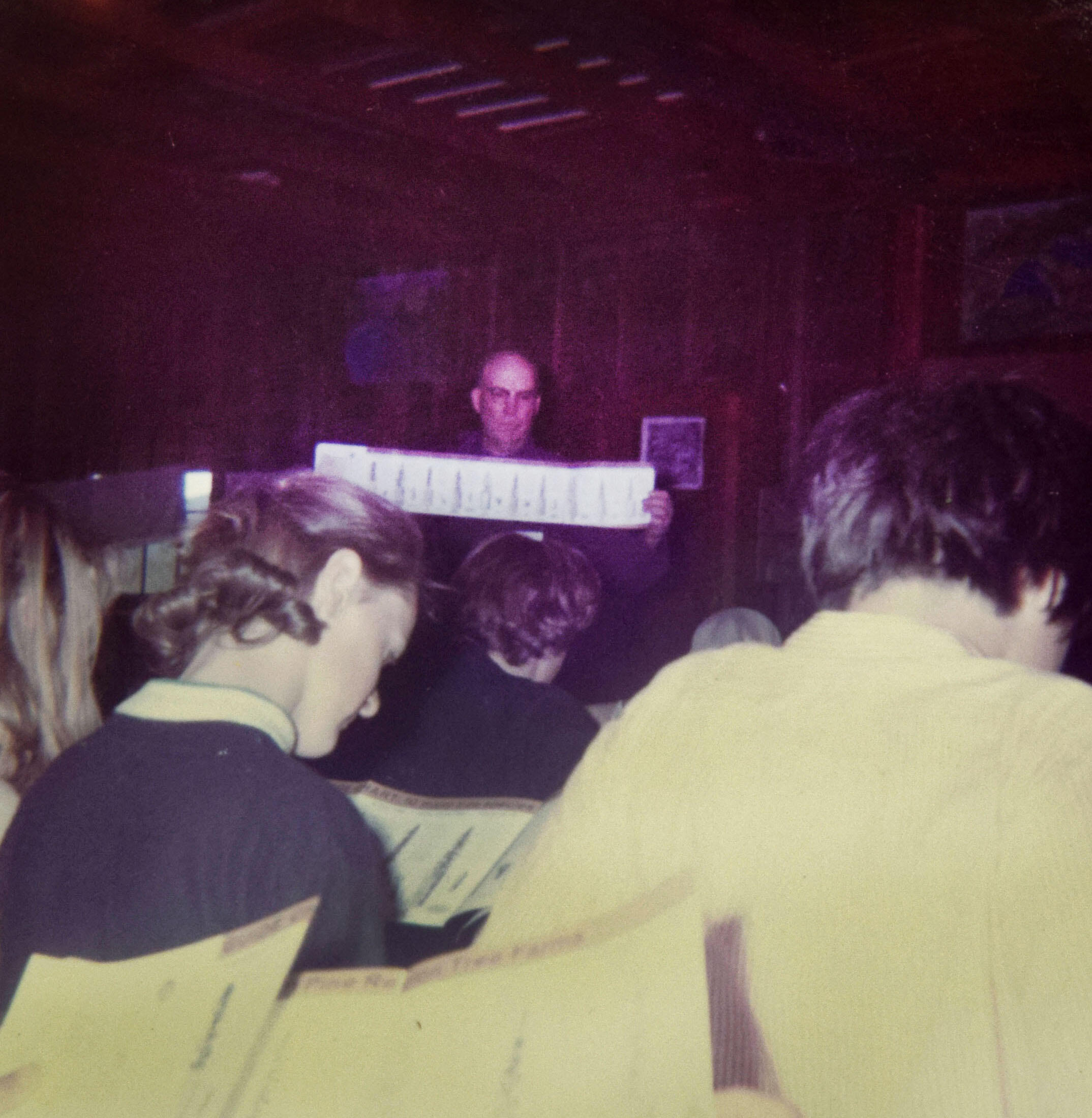
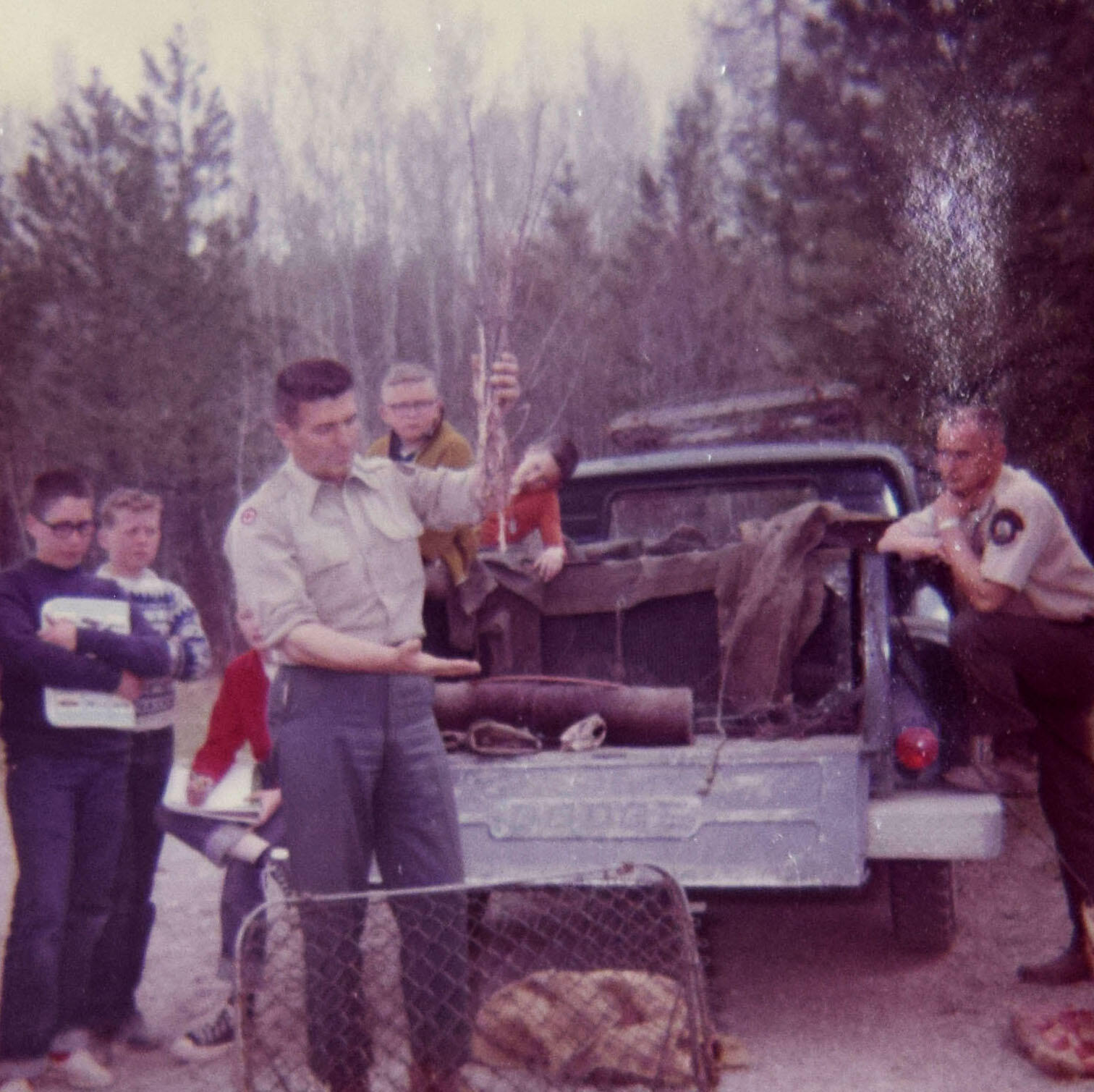
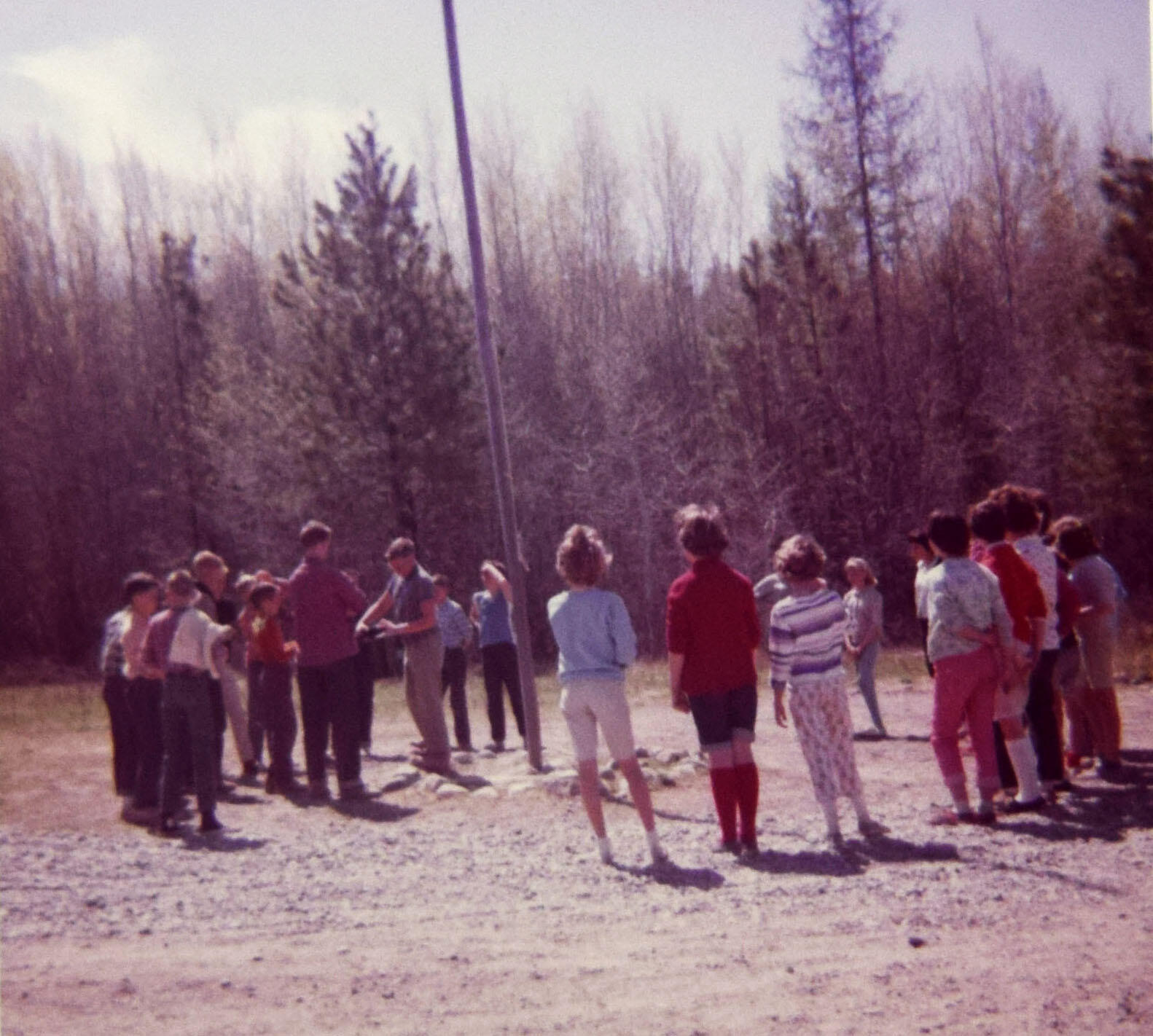
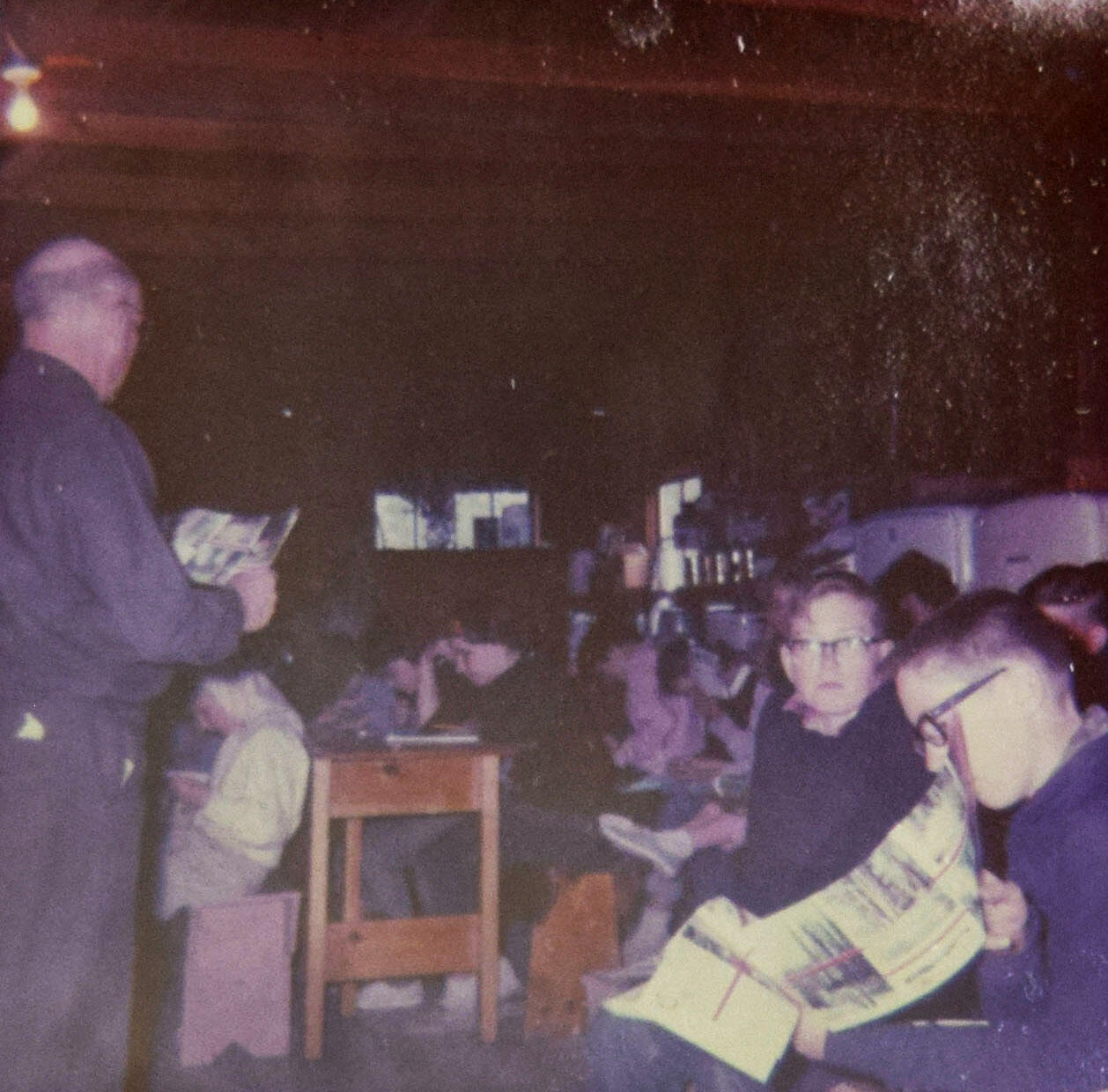
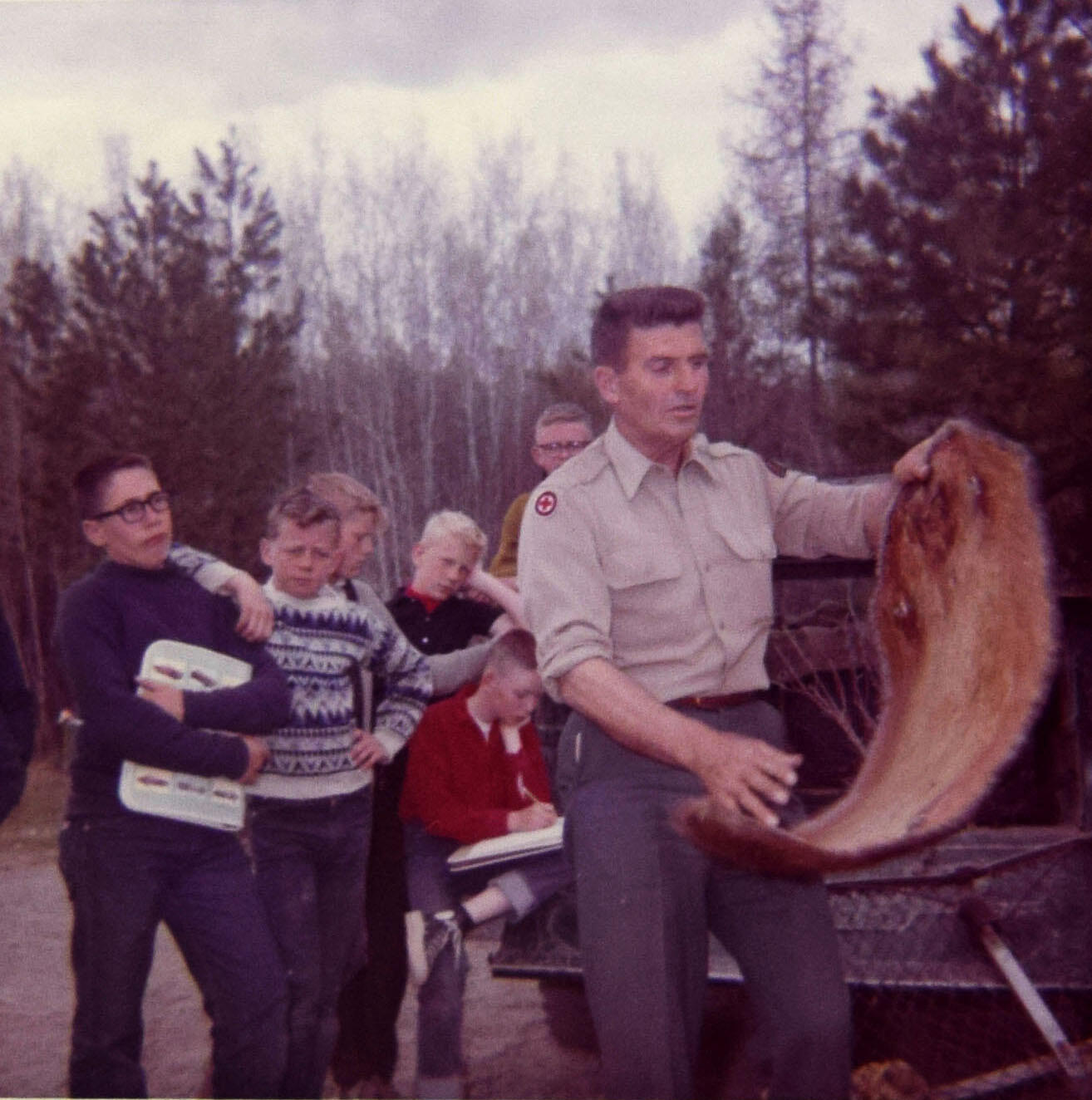
.jpg?mask=1)